As a quick and effective way for individuals to know each other, each team was asked to find 3 or more things that ALL members had in common and write them inside a sketched "egg" and then identify 2 or 3 experiences or traits that were solely unique to an individual written outside the "egg". The exercise celebrates individuality while simultaneously building empathy with common ground.
What did you learn from your group in the course of doing this exercise?
Maraya -One thing that I learned was the acting of looking for commonalities will lead off into the territory of storytelling, which begets more storytelling, which begets more commonalities. At times it felt harder to find things unique to us, because it felt so good to find the things in each other to which we could all relate.
Jenn - Starting out the conference by being forced to rapidly share yourself was a brilliant way to get our heads in the game to be social for the duration of the event. I was happy to learn that everyone was really enthusiastic about what they are doing, and that gave me the confidence to be able to express myself among strangers/colleagues. It started out a bit slow as everyone tested the waters, but after a few minutes it was actually hard to get a word in because everyone was so excited to share their experiences and ideas.
Julie - The definitions of what is considered to be equity and diversity vary between cities, states, regions, and countries. Depending where we considered “home” really brings a different perspective to diversity issues. The biggest takeaway for me was that I would need to sit down with my peers at home to really determine what issues would be affecting Honolulu versus the rest of the nation. The issues brought up during my discussion with my team members at this Hackathon, can be the broad overall topics that I could start with and then fine tune from there.
Kitty - There were more unique characteristics than commonalities - we didn’t come up with 3 commonalities, just 2.
Julie - I learned from this ice breaker activity that everyone has different levels of intimacy and boundaries. Each person within our group chose to divulge different levels of personal info and hence allowed varying levels of intimacy to occur. However, at the end of the day, we learned quite a bit about everyone else within the group.
What was the most unexpected response to the what was Unique about each person? (Outside the Egg)
Maraya - Somewhere between unique and common - two teammates had lost children
Jenn - The strength of my teammates overcoming great losses was the most surprising thing to be brought up. I can’t even fathom how hard that was to discuss with the group, but I really want to thank them for their courage. It was really eye opening and reiterates how as architects we have to remember that we are designing for humanity and should do so with compassion and forethought.
Corrie - With the timing of this exercise following the initial panel presentations, there was more of a sense of openness than if this was a cold opener as soon as we gathered, which felt like it may have both framed the context of responses and also allowed the group to open up a bit more that early based on the frankness of the panelists.
Kitty - There is a HIP HOP Architect among us (Michael Ford).
Julie - For me, the most unexpected response was the one Mike provided - about losing a child. It really affected me on a very personal perspective.
What was the most unexpected response that was common to the group? (Inside the Egg)
Maraya - We all moved into architectural studies before college and all of us live in cities, four from Oakland, California!
Jenn - We all knew that we wanted to go into architecture before starting school, but many of us didn’t start out knowing that from a young age. I mostly hear about the people who always knew what they wanted to be when they grew up, and I have always been in awe of them. Learning how everyone came to find their own calling was inspiring, and made me realize that my path hasn’t really been that different from everyone else's. I was really surprised to find out how many of my group were from the Bay Area!
Corrie - Regional non-diversity.
Julie - Many of them came from the Bay Area or SF. How did that happen??
Kitty - All of us decided on architecture as a career in our early teens or earlier.
Defining the Problem
What did you think of the ideation process for defining the problem?










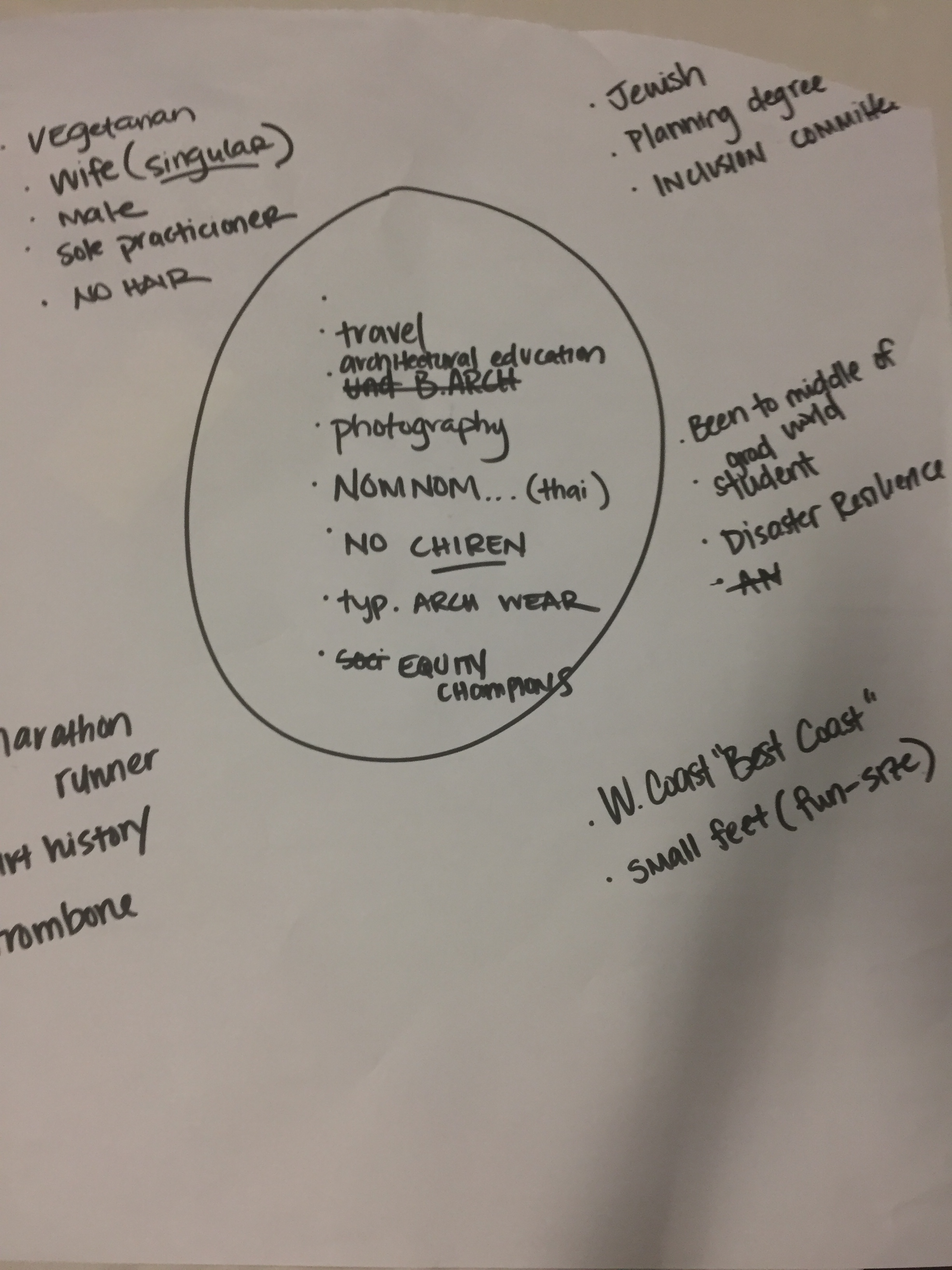

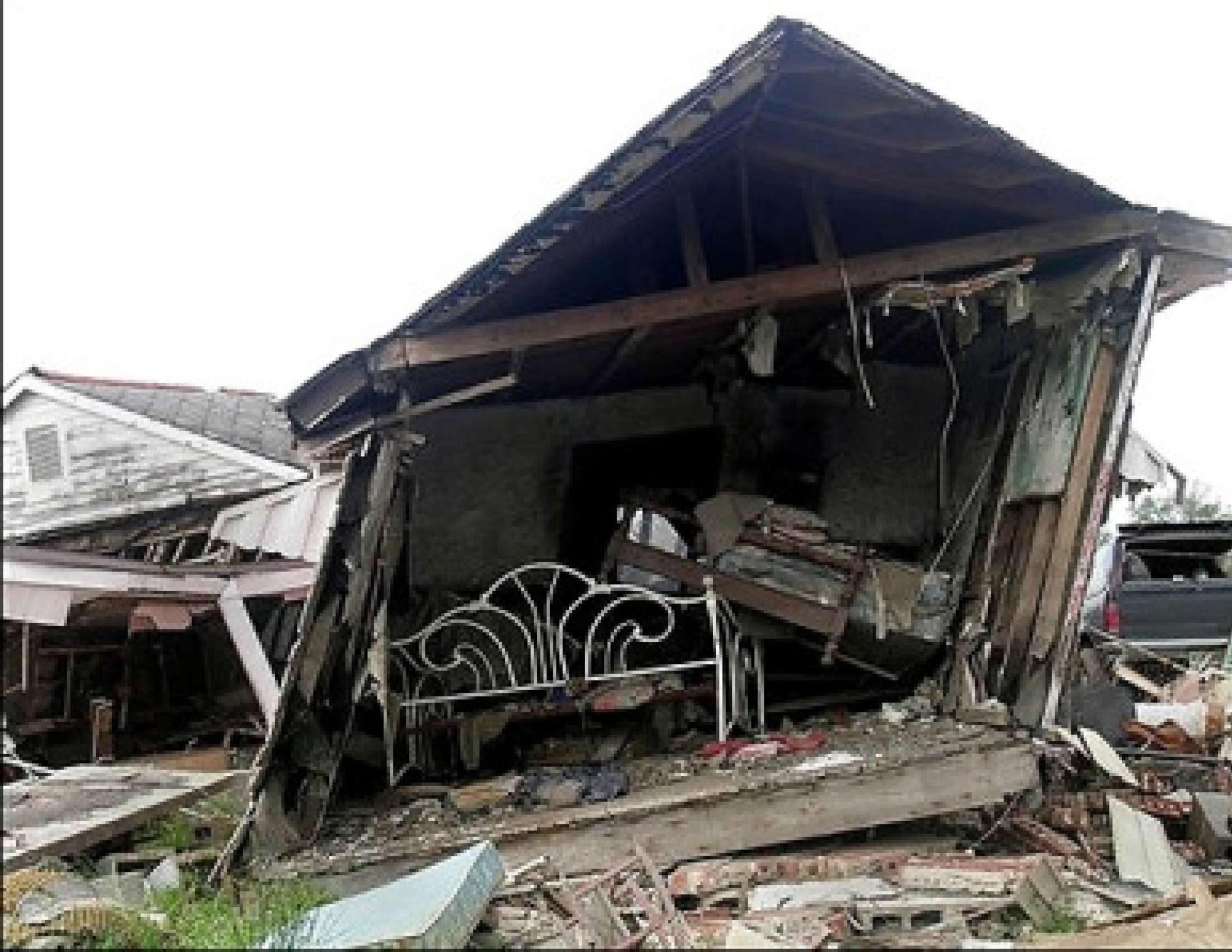

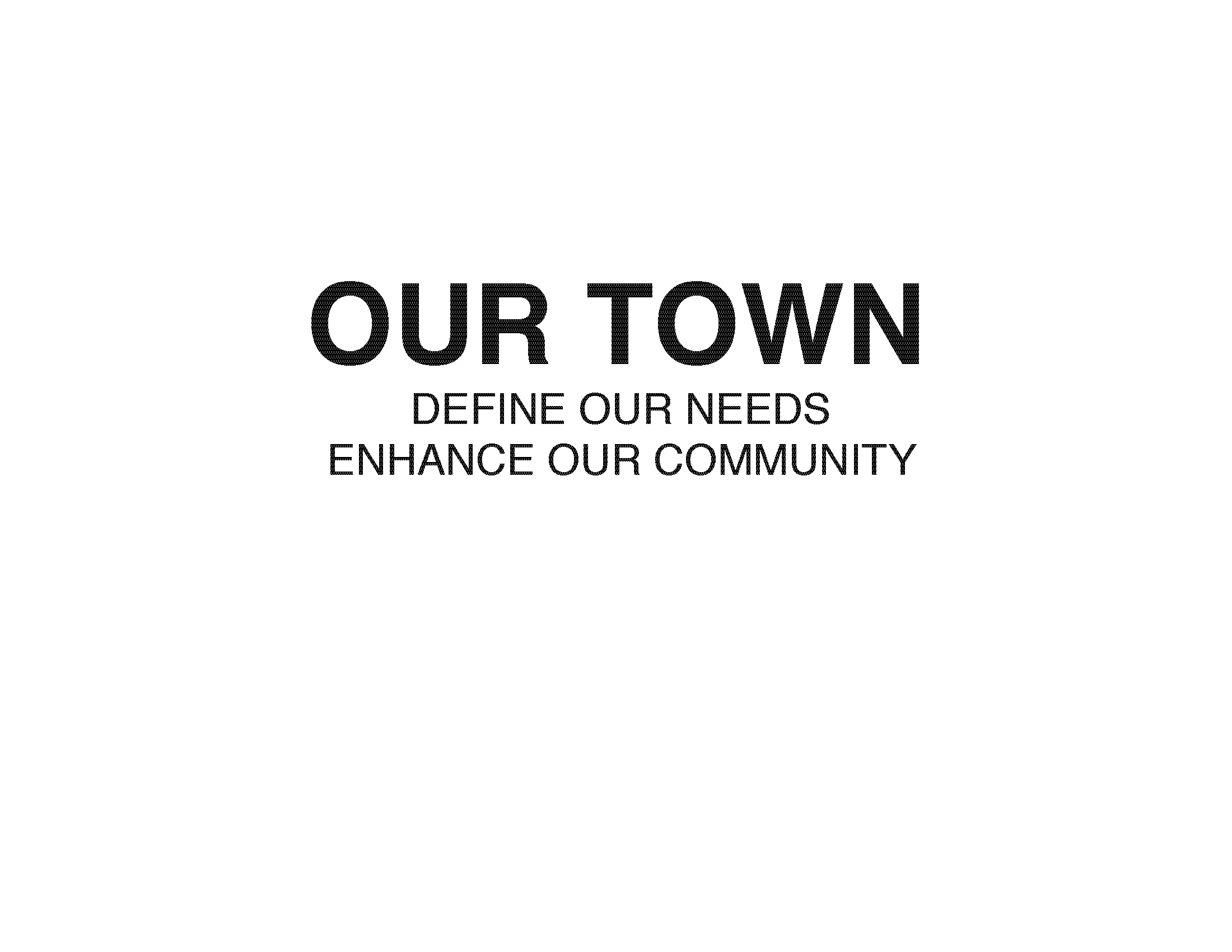
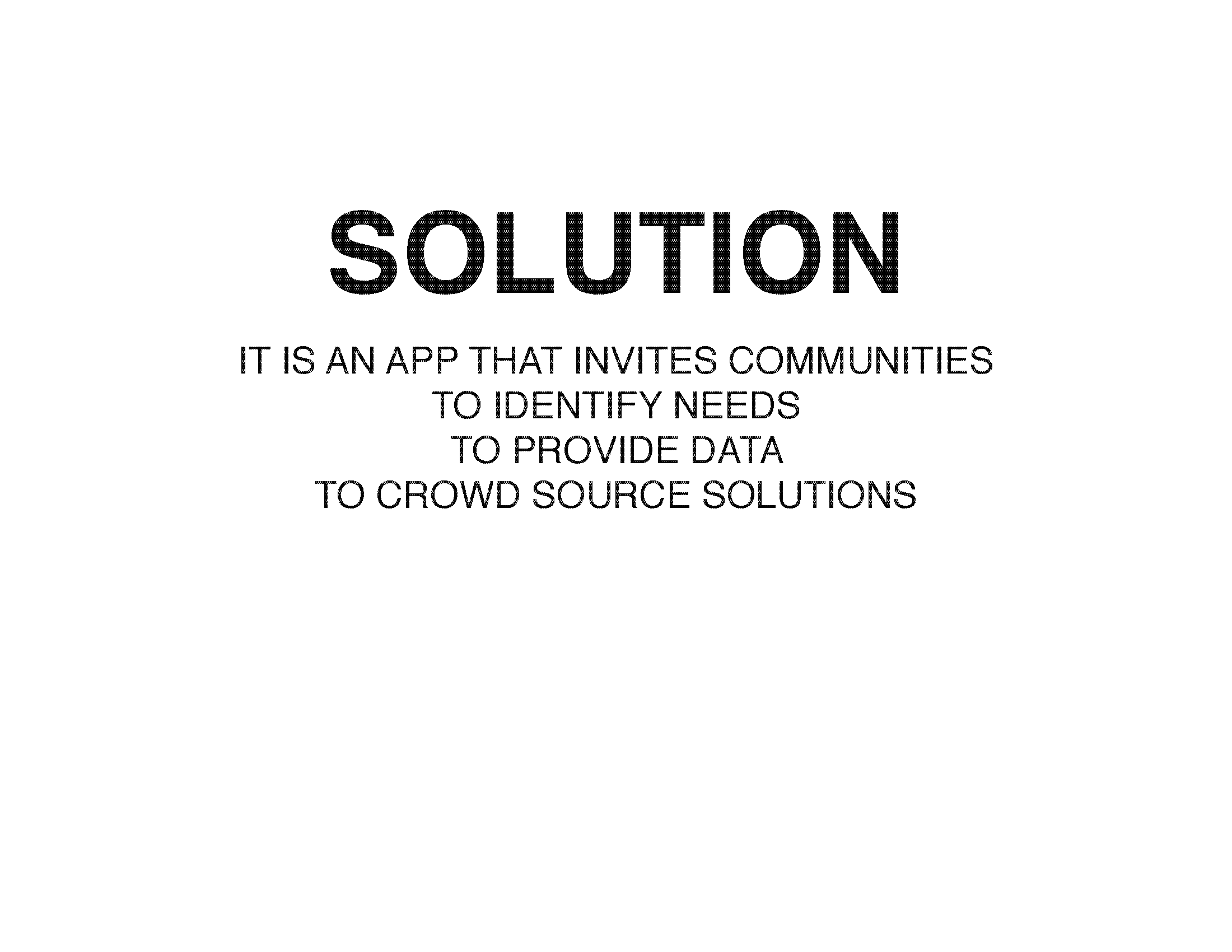
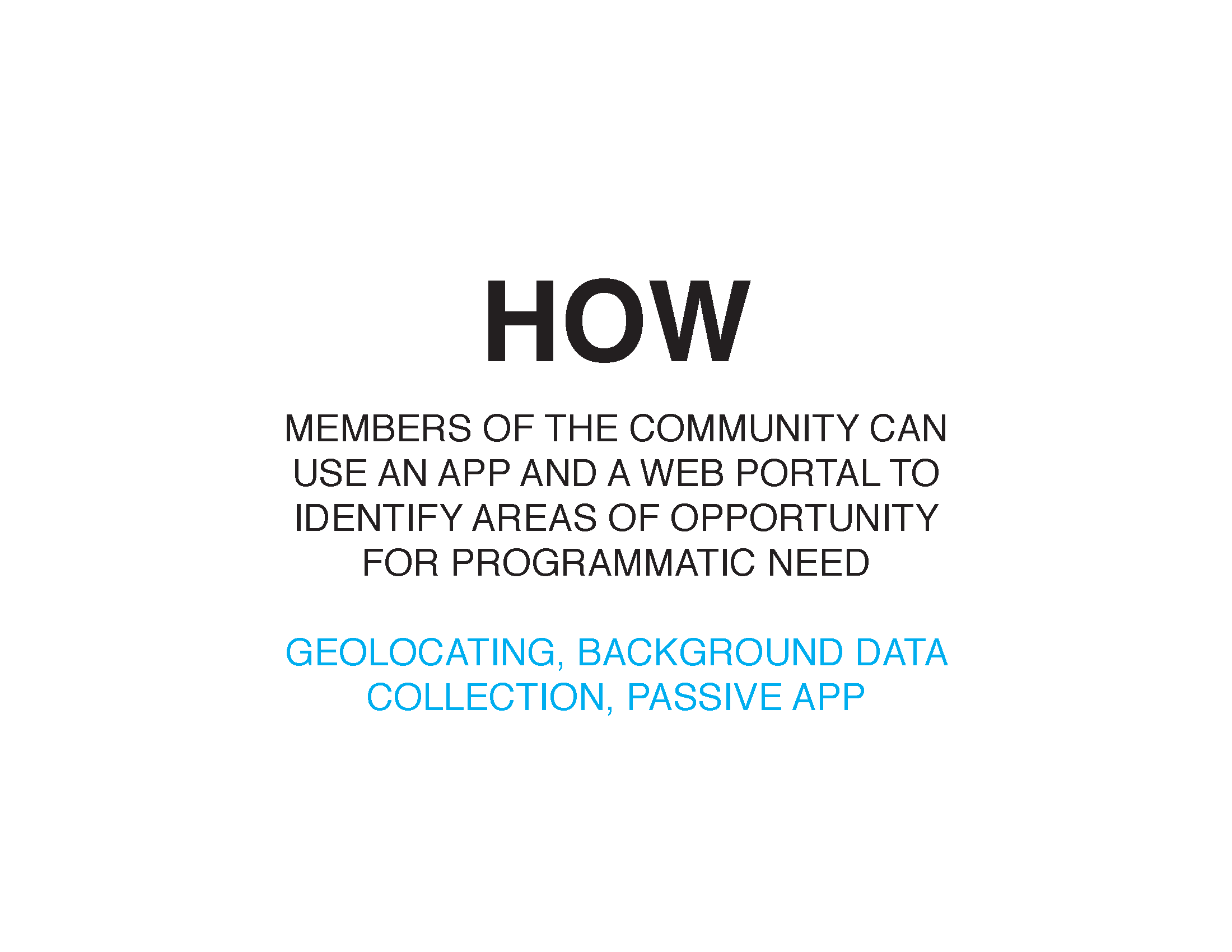







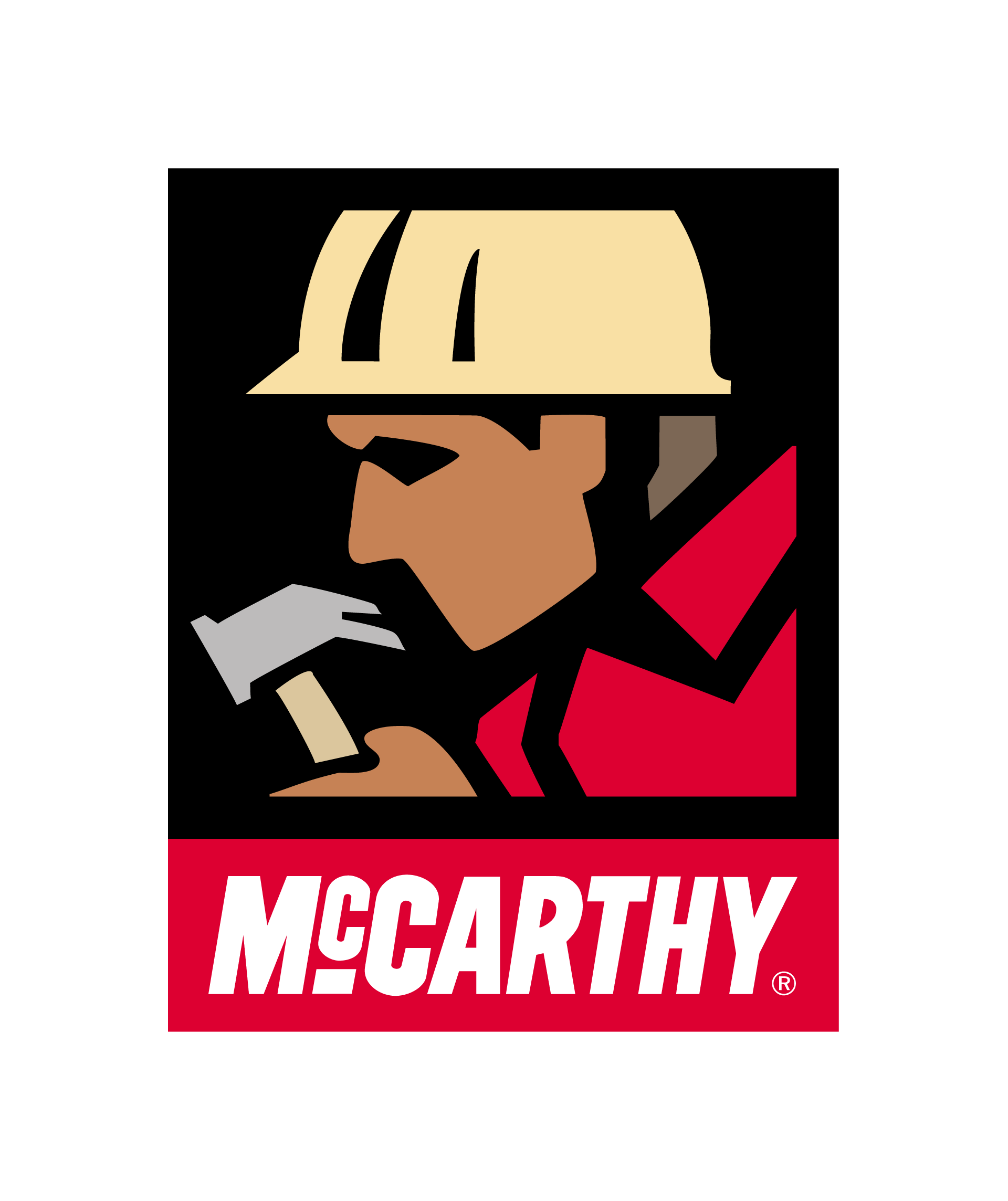













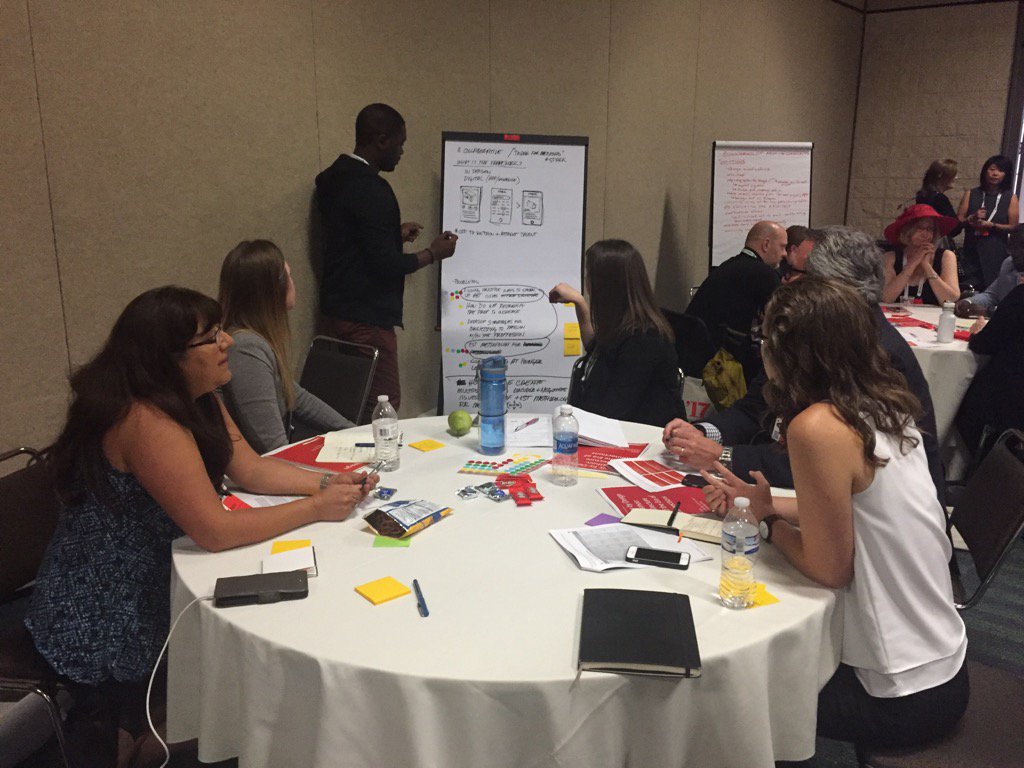






It’s not just about negotiating an individual’s salary, but also about building a skill set that is invaluable to any architecture firm. If you are not building your negotiation skills, you are leaving money on the table for client fee proposals and additional services. You also won’t be advocating for your clients with contractor’s change orders.